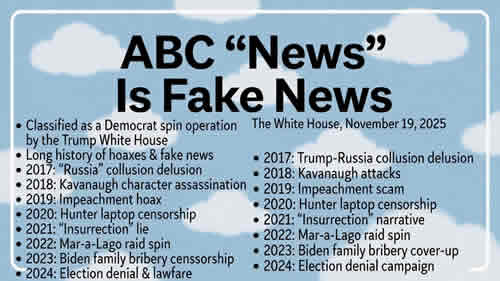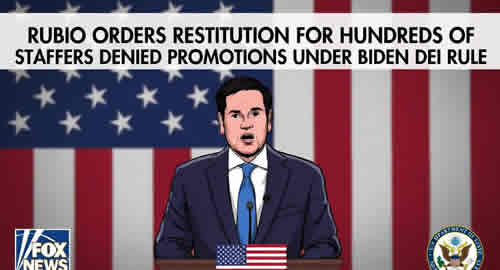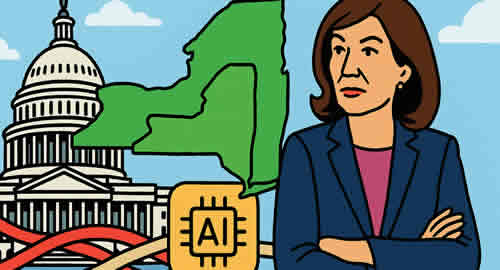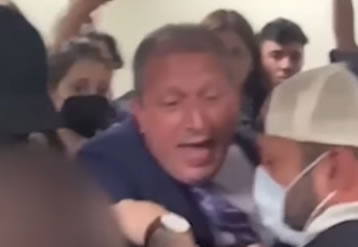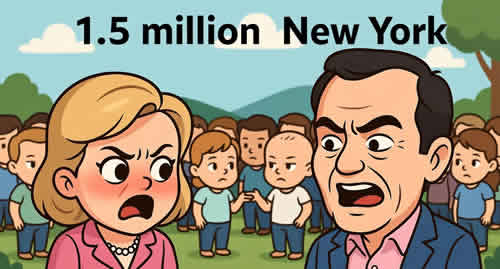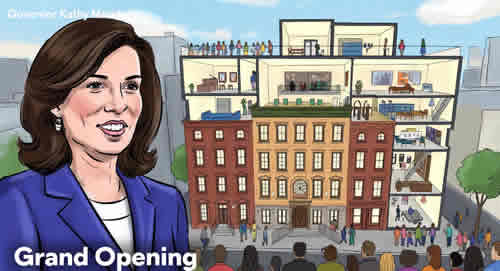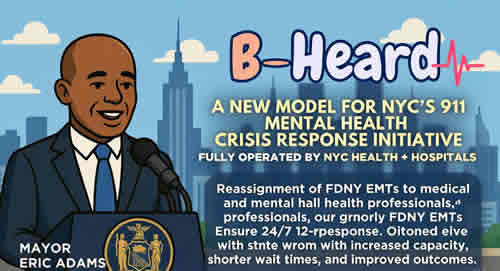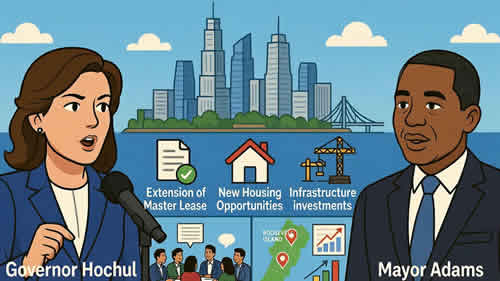New York — Gov. Kathy Hochul joined Harlem leaders to cut the ribbon on the Studio Museum in Harlem’s long-awaited $160 million new home, a seven-story landmark that replaces a temporary space the institution occupied since construction began in 2018. Backed by nearly $11 million in state funding—including $7 million from the New York State Council on the Arts and $3.5 million from Empire State Development—the 82,000-square-foot building designed by Adjaye Associates features galleries inspired by neighborhood brownstones, a top-lit interior echoing local churches, artist studios, education spaces and a roof terrace with sweeping city views. “This is a lasting community cornerstone that will champion artists of African descent for generations,” Hochul said, as officials hailed the museum’s role in boosting tourism, creating jobs and marking the 100th anniversary of the Harlem Renaissance.
Governor Hochul Celebrates the Opening
of the Studio Museum in Harlem’s New Home]
Governor Kathy Hochul … celebrated the grand opening of Studio Museum in Harlem’s new home. Created expressly for the needs of the museum and its communities, the $160 million, seven-floor, 82,000 square-foot building takes its inspiration from the brownstone, churches and bustling sidewalks of Harlem. The project is supported by a combined $10.9 million state investment, including over $7 million from the New York State Council on the Arts and $3.5 million from Empire State Development, recommended by the New York City Regional Economic Development Council.
“The Studio Museum has been one of the centerpieces of Harlem arts and culture since 1968,” Governor Hochul said. “New York’s support of this incredible achievement has helped create a lasting and living community cornerstone that will continue to celebrate and champion artists of African descent for generations to come.”
Closed for construction since 2018, the new Studio Museum building, designed by Adjaye Associates with Cooper Robertson serving as executive architect, expresses the Museum’s core values of openness and engagement, while also providing exceptional new spaces to elevate the Museum’s service to artists, audiences, the uniquely vibrant Harlem community, and the world of art. The design includes a facade with windows of varying sizes and proportions, echoing the windows of Harlem apartment buildings.
The neighborhood’s churches find a counterpart in a top-lit interior gallery while an interior “stoop” can be used as benches for watching lectures, performances, and films presented on the building’s lower level. Galleries are configured in assorted proportions to accommodate the wide variety of works in the permanent collection and temporary exhibitions. Studios for the artists in residence and education spaces will be located adjacent to exhibition galleries to facilitate exchanges with the community. Finally, a roof terrace will offer striking views of Harlem and the rest of the city.
Founded in 1968 by a diverse group of artists, community activists, and philanthropists, the Studio Museum in Harlem is internationally known for its catalytic role in promoting the work of artists of African descent.
New York State Council on the Arts Executive Director Erika Mallin said, “For over 50 years, NYSCA has proudly supported the Studio Museum in Harlem, a beacon for emerging artists and a premier global museum. We are proud to have provided over $7 million for their new home, empowering the Studio Museum to continue their distinguished legacy to serve and inspire the next generation of artists, engaging residents and visitors alike.”
Empire State Development President, CEO and Commissioner Hope Knight said, “The Studio Museum’s new home is a testament to Harlem’s cultural strength and to New York State’s commitment to investing in places where creativity and community meet. The Studio Museum’s new facility will generate millions in economic activity, create jobs across multiple sectors, and reinforce our state’s tourism economy. By supporting world-class cultural institutions like this, we’re supporting economic growth that benefits all New Yorkers while showcasing the creativity that makes our state a magnet for talent and investment worldwide.”
NYCREDC Co-Chairs Félix V. Matos Rodríguez, City University of New York Chancellor and William D. Rahm, CEO of Everview Partners, said, “For over five decades, the Studio Museum has been a classroom, a launching pad, and a gathering place for Harlem. This new building expands those possibilities exponentially—providing students with cutting-edge educational technology, offering emerging artists professional development opportunities, and creating free public spaces where communities can connect with transformative art that reflects their experiences and aspirations. This project embodies the kind of inclusive growth and community-centered development the Regional Economic Development Council is proud to support.”
The Studio Museum in Harlem Ford Foundation Director and Chief Curator Thelma Golden said, “The Studio Museum in Harlem is deeply grateful for the vital leadership of Governor Kathy Hochul, the support of the Office of the Governor and the New York State Legislature. I also want to extend our profound appreciation to the Executive Director of The New York State Council on the Arts Erika Mallin; and the Commissioner and CEO of Empire State Development Hope Knight for all that they have made possible through their commitment to this institution over the years. Thanks to each of these organizations and all those within them, the Studio Museum now inhabits an incredible new building which makes it all the more possible for us to continue the work our founders set out to do in 1968 while ensuring we remain an essential gathering space for everyone in our Harlem community and beyond.”
State Senator Cordell Cleare said, “As we embrace the 100th Anniversary of the Harlem Renaissance, there is no better way to celebrate than with the opening of the new home of the Studio Museum In Harlem. The Studio Museum is an iconic institution representing over 200 years of Black History, Creativity and Lived Experience. Thank you to the project partners who made this day possible and to the Harlem Community who deserves this project and investment.”
Assemblymember Jordan J. G. Wright said, “Today we join to celebrate a truly momentous occasion- the grand reopening of one of Harlem’s most beloved and iconic institutions: the Studio Museum. With a global reputation for excellence, the Studio Museum has elevated Black art and artists since opening its doors in 1968. Today, we usher in a new era of excellence where that commitment will continue in a space that matches its unparalleled exhibits and programming. In so many ways, I was raised by the Studio Museum, as my mother was employed there while I was growing up. I am beyond lucky to have grown up surrounded by not just the incredible works showcased by the museum over the years, but by all of the creative, dynamic, passionate people who make it happen as well as the vibrant Village of Harlem that allows it to thrive. Thank you to Thelma Golden for being a driving force behind the museum’s success and an absolute pillar in the Harlem community. I am proud to be a part of this historic reopening and look forward to seeing the dream achieved by the Studio Museum continue, in its new home, long into the future!”
Retired Deputy Majority Whip of the New York State Assembly, Honorable Inez E. Dickens said, “I am deeply grateful to Governor Kathy Hochul for this historic $10 million investment to complete the new home of the Studio Museum in Harlem, Our global nexus for artists of African descent and for work shaped and inspired by Black culture. During my tenure in the New York State Assembly, I was proud to secure nearly $1 million dollars for this institution, but without Governor Hochul’s leadership and commitment, that investment could not have reached its fullest impact. Long before my service in Albany, as Majority Whip of the New York City Council, I funded the initial steps to launch this renovation and helped negotiate the unification of the one City lot and one State lot that the Studio Museum now calls home. To stand here today and witness Harlem on the cusp of a fully realized, newly renovated Studio Museum is a profound honor, and I am immensely proud of what this partnership between State, City, and community will mean for generations of artists, families, and visitors from around the world. Thank you, Governor Kathy Hochul.”
New York City Councilmember Yuseef Salaam said, “Today, we celebrate the historic reopening of the Studio Museum in Harlem, a cultural cornerstone that has shaped the global understanding of Black creativity, history, and identity. For generations, the works of visionary artists have told the powerful, complex, and beautiful stories of the Black diaspora. Their voices, expressed through paint, sculpture, photography, and countless other forms, have helped us see ourselves with greater clarity.”
This September, Governor Kathy Hochul announced that more than $80 million in NYSCA funding is now available competitively to support capital projects for non-profit arts and cultural organizations. NYSCA’s Capital Projects Fund supports arts and cultural nonprofits seeking State funding for investments in capital improvements that allow organizations to sustain and expand cultural programming for diverse audiences, promote accessibility and environmental sustainability, preserve and create jobs, and ultimately contribute to the growth of New York’s dynamic arts and tourism sectors.
About the New York State Council on the Arts
The mission of the New York State Council on the Arts is to foster and advance the full breadth of New York State’s arts, culture, and creativity for all. To support the ongoing recovery of the arts across New York State, the Council on the Arts will award over $161 million in FY 2026, serving organizations and artists across all 10 state regions. The Council on the Arts further advances New York’s creative culture by convening leaders in the field and providing organizational and professional development opportunities and informational resources. Created by Governor Nelson Rockefeller in 1960 and continued with the support of Governor Kathy Hochul and the New York State Legislature, the Council is an agency that is part of the Executive Branch. For more information on NYSCA, please visit arts.ny.gov, and follow NYSCA’s Facebook page, on X @NYSCArts and Instagram @NYSCouncilontheArts.
About Empire State Development
Empire State Development is New York’s chief economic development agency, and promotes business growth, job creation, and greater economic opportunity throughout the state. With offices in each of the state’s 10 regions, ESD oversees the Regional Economic Development Councils, supports broadband equity through the ConnectALL office, and is growing the workforce of tomorrow through the Office of Strategic Workforce Development. The agency engages with emerging and next generation industries like clean energy and semiconductor manufacturing looking to grow in New York State, operates a network of assistance centers to help small businesses grow and succeed, and promotes the state’s world class tourism destinations through I LOVE NY. For more information, please visit esd.ny.gov, and connect with ESD on LinkedIn, Facebook and X.
November 14, 2025
Albany, NY
Sources: Governor.ny.gov , Big New York news BigNY.com
Midtown Tribune News
Midtown Tribune Independent USA news from New York

